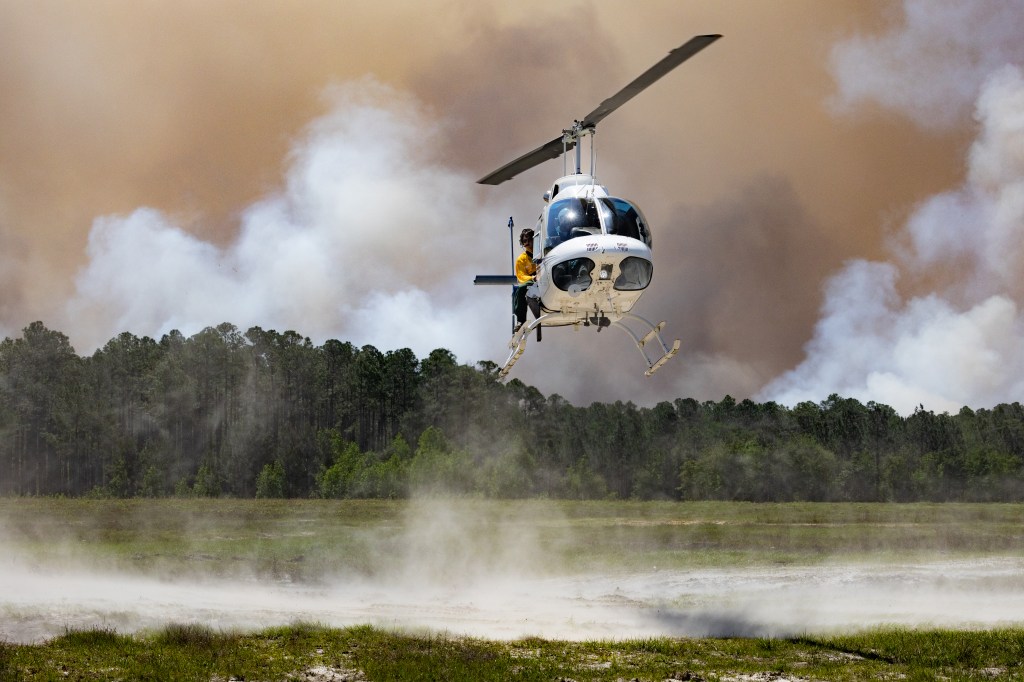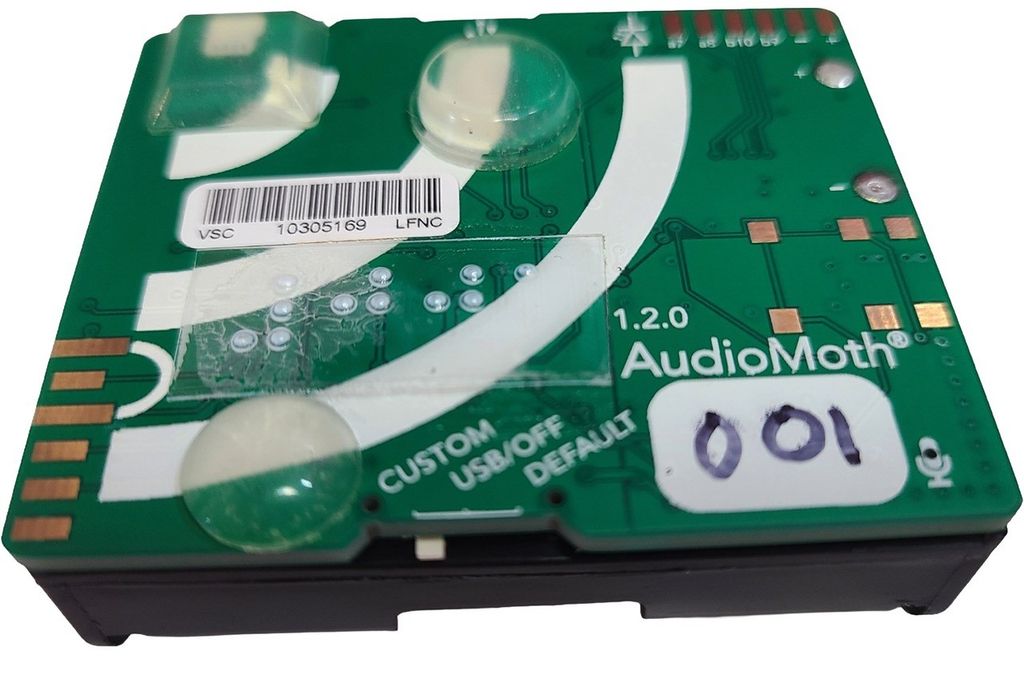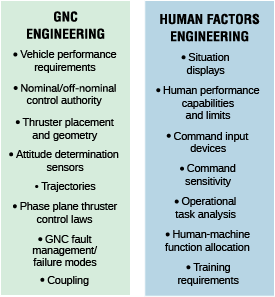This article is from the 2016 NESC Technical Update.
There is an unprecedented level of piloted spacecraft system development going on at NASA and with the Agency’s Commercial Crew Program (CCP) industry partners. The Orion Multi-Purpose Crew Vehicle is moving toward its Exploration Mission – 1 flight in 2018, while both Boeing and SpaceX are developing the CTS-100 and Dragon 2 spacecraft, respectively. This new generation of piloted spacecraft has resparked an interest in piloted spacecraft handling qualities – “those qualities or characteristics of an aircraft that govern the ease and precision with which a pilot is able to perform the tasks required in support of an aircraft role” (see reference 1).
These same qualities apply to manual flight operations (i.e., “piloting”) of spacecraft. The term “Spacecraft Handling Qualities” (SHaQ) captures the multi-discipline aspects of analyzing and characterizing the ease and precision with which a spacecraft pilot can perform challenging functions such as proximity operations, docking, and landing. A lack of sufficient understanding of SHaQ can lead to increased crew training requirements increased pilot in-flight mental workload, undesirable flight control system interactions, and an inability to perform the mission/task.
Unsafe, high-risk vehicle operations can result from a lack of good SHaQ and/or the inadequate application of human factors engineering practices. In extreme cases, it can lead to a loss of crew, as seen in a recent NESC independent analysis of a fatal X-15 accident in 1967. Incremental instrument panel changes such as the addition or moving of switches and indicators eventually left all three X-15 aircraft with different instrument panels. In addition, each X-15 vehicle had slightly different emergency procedures. On the day of the accident, an additional modification was made to support a specific science objective, which led to a lack of mode indication on a critical flight instrument. This resulted in increased pilot workload and confusion, which the NESC concluded was a primary contributing factor to the accident. Particularly in times of high stress, highly trained pilots rely on consistent, well-learned interfaces and procedures that give them an unimpeded ability to maintain safe flight control of the vehicle.
While guidance, navigation, and control (GNC) technology trends are moving toward on-board autonomous systems, the expectation is that crewed spacecraft will always have some form of manual control available to pilot(s).
As in the past, striking a balance between performing tasks manually versus autonomously will likely be a topic of on-going debate over human versus automation. The study of SHaQ goes well beyond GNC stability and control analysis. The coupled “pilot/vehicle” dynamic system must be fully understood. SHaQ is a system-level problem requiring a balanced, integrated GNC-Human Factors engineering solution. Provisions for understanding, accommodating, and verifying handling qualities need to be incorporated directly into the spacecraft flight control system’s design and not considered as an afterthought. This will be a challenge for the GNC community because currently there are no established SHaQ design standards.
SHaQ requirements need to be an integral element of the GNC systems engineering process for a piloted spacecraft. One cannot simply wait until a spacecraft flight control system is designed to “paint on” handling qualities. The spacecraft GNC team must balance analysis of automated flight control modes/tasks with in-depth examination and testing of allowable and appropriate pilot inputs, based on offline pilot models and human-in-the-loop simulations.
A variety of testbeds are needed to verify satisfactory SHaQ characteristics as well as to ensure crews “train as they will fly,” especially for complex challenging GNC-related tasks such as docking and landing. These SHaQ testbeds typically include fixed-base, motion, and flying simulators.
SHaQ was an active research area under the Constellation Program from 2007 to 2010, during which a NASA report was written, which reviews, documents, and captured SHaQ experiences, best practices, and lessons-learned from previous United States spacecraft developments (see reference 2) to guide current and future SHaQ research and development. But research declined once the Constellation Program ended, and there is no broadly applicable research on SHaQ design standards being done today at NASA. SHaQ standards development will be critically needed for future NASA human exploration missions, where pilots will be tasked with performing demanding docking and landing maneuvers. To revitalize SHaQ to again be a broad research area, the first and most important step would be to develop and define implementable design standards for spacecraft handling qualities.























